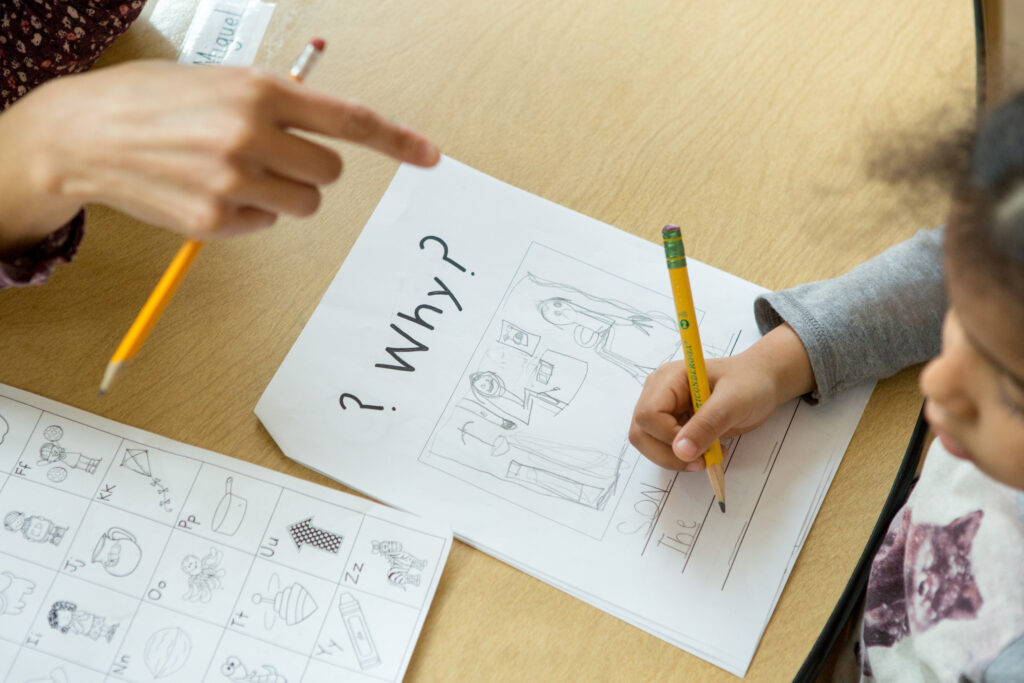Updated Oct. 9, 2023
In April of 2023, Bud Light sent a handful of beers to a transgender influencer. Not long after “all hell broke loose.” What company executives thought would be an opportunity to modify the brand’s appeal to align with changing demographics backfired – big time. Boycotts ensued, and conservative celebrities like Travis Tritt, Kid Rock, and Ben Shapiro, urged consumers to spurn the brand. Anheuser-Busch facilities received bomb threats. How did this happen? And more importantly, how did executives not see this coming … again? (Since it’s not the first time groupthink has spurred a Bud Light PR debacle.) The culprit, at least in part, is groupthink.
This common cognitive bias has been the source of some of the biggest blunders and major disasters in world history – from missteps in the handling of COVID-19 to the Challenger space shuttle tragedy, and even the bombing of Pearl Harbor. According to reports, even as Japanese planes started firing on the U.S. naval base that fateful day, commanders and soldiers were in disbelief about the surprise attack.
For social psychologist Irving Janis, who coined the term groupthink in a 1971 Psychology Today article, Pearl Harbor is a perfect example of this phenomenon. Today this cognitive bias continues to help explain many large-scale blunders and problems, from the 2008 financial crisis to the social media pile-on, to perceptions of a certain beer company.
What is Groupthink?
There is some confusion about its true definition. It’s not simply when everyone in a particular group comes together to reach a particular conclusion. Psychologists are careful to distinguish groupthink from thinking in large groups that is actually successful. For example, in a classic example of the “wisdom of crowds,” averaging the guesses from a large group proved extraordinarily accurate in guessing the weight of an ox at a county fair. Similarly, betting markets, which aggregate decision-making by large numbers of individuals, often provide more accurate predictions than experts.
So exactly what is groupthink? In developing the concept, Janis was inspired by the “newspeak” of George Orwell’s dystopian novel 1984. Janis defined the term as follows:
“I use the term groupthink as a quick and easy way to refer to the mode of thinking that persons engage in when concurrence-seeking becomes so dominant in a cohesive ingroup that it tends to override realistic appraisal of alternative courses of action.[…] [T]he term refers to a deterioration in mental efficiency, reality testing and moral judgments as a result of group pressures.”
Janis’s article captures four crucial features of groupthink:
- Groupthink occurs in ingroups where people tend to have close relationships and think alike.
- Alternative viewpoints are not considered and often even ridiculed.
- The interests and views of outgroups are not only ignored; these groups are often dehumanized.
- Individual thinking is skewed by group dynamics, and social pressures come to outweigh genuine truth-seeking.
Groupthink Examples
Janis’s initial examples focus on high-level military errors:
- The lack of preparedness for Pearl Harbor, based in large part around misconceptions about Japanese military power.
- The Bay of Pigs invasion, where Kennedy administration officials thought naively that they’d be able to conceal U.S. involvement in a surprise attack on Cuba.
- The Vietnam War, where Johnson’s cabinet repeatedly doubled down on military involvement without a solid rationale and in the face of evidence that it would not succeed.
Of course, military mistakes aren’t the only example of groupthink. Here are some more recent examples from journalism, the corporate world, and financial industry:
- Journalists and commentators, increasingly congregating in insular groups online, heavily predicted the 2016 election would go to Hillary Clinton. Many were caught off-guard by the dynamics fueling Trump’s victory.
- Dieselgate at Volkswagen was likely driven by an insular corporate culture that prized loyalty and shut out dissenting views.
- In the run-up to the 2008 financial crisis, individual actors within banks knew their firms were overleveraged or that investment instruments weren’t sound. However, they didn’t want to rock the boat, so even those who knew better stayed silent.
Groupthink is involved in some of the most grievous errors made by groups of smart people who nonetheless fail to engage in reflective decision-making.
Is Groupthink on the Rise?
The internet is not intrinsically bad for thinking, the diffusion of information, or collective decision-making. It’s an extraordinarily powerful tool for communication. It has also brought to prominence many voices, views, and even events that might have otherwise been without an outlet.
But online environments can also clearly create harmful incentive structures. Social media, like Twitter and Facebook, are perhaps the worst examples of this trend. Indeed, they seem almost designed to facilitate groupthink.
There are several ways social media exacerbates groupthink. First of all, social media can concentrate social pressure by creating insular groups. People on social media tend to fragment themselves into “echo chambers,” where they interact almost exclusively with like-minded people. They gain social esteem by posting views in line with the consensus or perceived consensus. Dissent among ingroups is deeply discouraged, and the social costs can be quite high.
Due to the lack of countervailing opinion, views within these ingroups tend to radicalize and accelerate toward increasingly bizarre conclusions, even reaching the level of conspiracy theory. Similarly, outgroups are regularly demonized, and people are exposed only to the weakest and most extreme ideas from the other side, which are typically brought up only in order to ridicule them. This further cements the social identity of the ingroup and teaches potential dissenters to censor themselves lest they be ostracized.
The distorting effects on our political dialogue and the results of democratic processes have been extreme.
How to Avoid Groupthink
So how to prevent groupthink? I think there are two kinds of solutions. Both of them are equally important for collective decision-making: structural solutions, which involve putting mechanisms in place that help facilitate better thinking, and cultural solutions, which involve encouraging principles like diversity and open-mindedness.
Avoiding Groupthink Through Better Social Structures. Groupthink can be caused or exacerbated by the forums and structures in which thinking happens, whether it’s a boardroom or a chatroom. Let’s take board meetings, for example. (I’ve been involved in my fair share that have gone off the rails.)
If you just throw a large group of people into a boardroom and ask them to make a decision about something, a number of problems typically emerge. One or two particularly strong voices may take control of the meeting and direct the process toward their own ends. Often, not everyone’s voice is heard, and potential problems with the final decision never come up.
Finally, the whole decision-making process often ends up being driven by social dynamics — how different members of the group want to look to other members, for example — and not by sound reasoning.
You can combat this by assigning people to act as devil’s advocates: people who take the other side of an argument, for the sake of exploration. (Janis calls this role that of “critical evaluator.”) This individual or group does their research independently and then presents it to the whole body, sort of like a trial. This raises new evidence or problems and forces the consensus to defend itself.
Structural solutions can help tame social media groupthink, too. Social media algorithms drive people toward views and groups they already agree with away from dissenting views or potential devil’s advocates. On a personal level, this means users should be careful to seek out the best examples of those who disagree with them. More structurally, social media platforms themselves, as well as non-profits and regulators, should explore ways to expose users to relevant and high-quality arguments that challenge their views. They should also modify or eliminate the algorithms that contribute to the creation of echo chambers and extremism.
Avoiding Groupthink Through Diversity. Now, you might have the right structure in place for good decision-making and still run into problems because of the culture. My impression is that this was a big part of the problem in Dieselgate. Family-driven governance in the boardroom created a culture that prized loyalty over anything else. Open dissent was punished where it should have been rewarded.
Diversity should be a big part of the culture of any business or corporation. Obviously, leaders should prize diversity along race and gender lines because businesses should reflect the stakeholder populations. But we should also value viewpoint diversity. Often, these two kinds of diversity overlap. A group of only white men, for example, is more likely to miss out on certain potential problems than a more diverse group.
But it’s also important to make sure you’re explicitly looking for viewpoint diversity. In an organizational environment, this includes things like:
- Making sure not everyone comes from the same schools and socioeconomic backgrounds
- Making sure different intellectual backgrounds are represented (for example, STEM vs. humanities, statistics vs. computer science, and so forth)
- Making sure you have voices that have taken different philosophical approaches to similar questions in the past
In social media environments, we’ve seen high levels of insularity in some of the filter bubbles that have evolved over the last few years. The culture within these groups can be extremely unhealthy. It can generate prejudices and hatred of outgroups, punish dissenters, and spiral into extremism or even mass delusion. And online culture in general can be cruel and dehumanizing.
Obviously, changing the culture of some of these online communities and making them more diverse is going to be difficult to achieve. But it’s not all negative. There are some hopeful signs too: genuine and productive interchanges between people who disagree and are able to share their views through online channels, whether podcasts, blogs, or videos that are then posted on social media.
As a society, we need to find ways to promote and encourage these signs of genuine engagement to build a democratic culture built on diversity, that values dissenting opinions, celebrates critical thinking and dialogue, and can demonstrate the folly of knee-jerk reactions, prejudice, dogma, and pile-on. In a well-functioning democracy, people don’t need to all get along, but they do need to be able to talk to each other, think through issues together, and make collective decisions, even when they disagree.
By Helen Lee Bouygues, President of the Reboot Foundation




